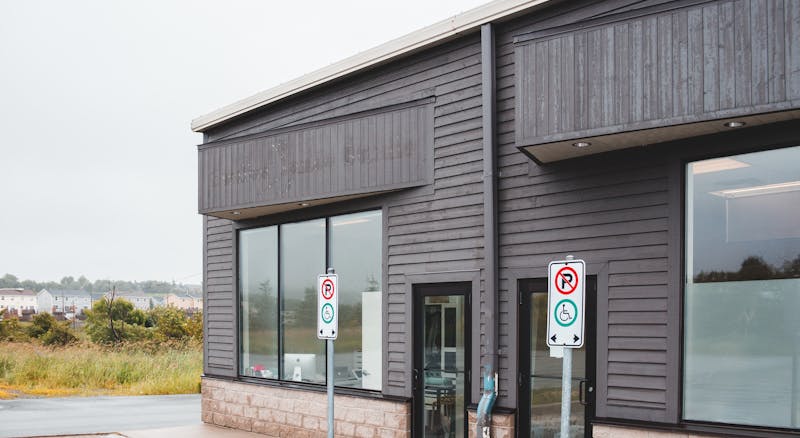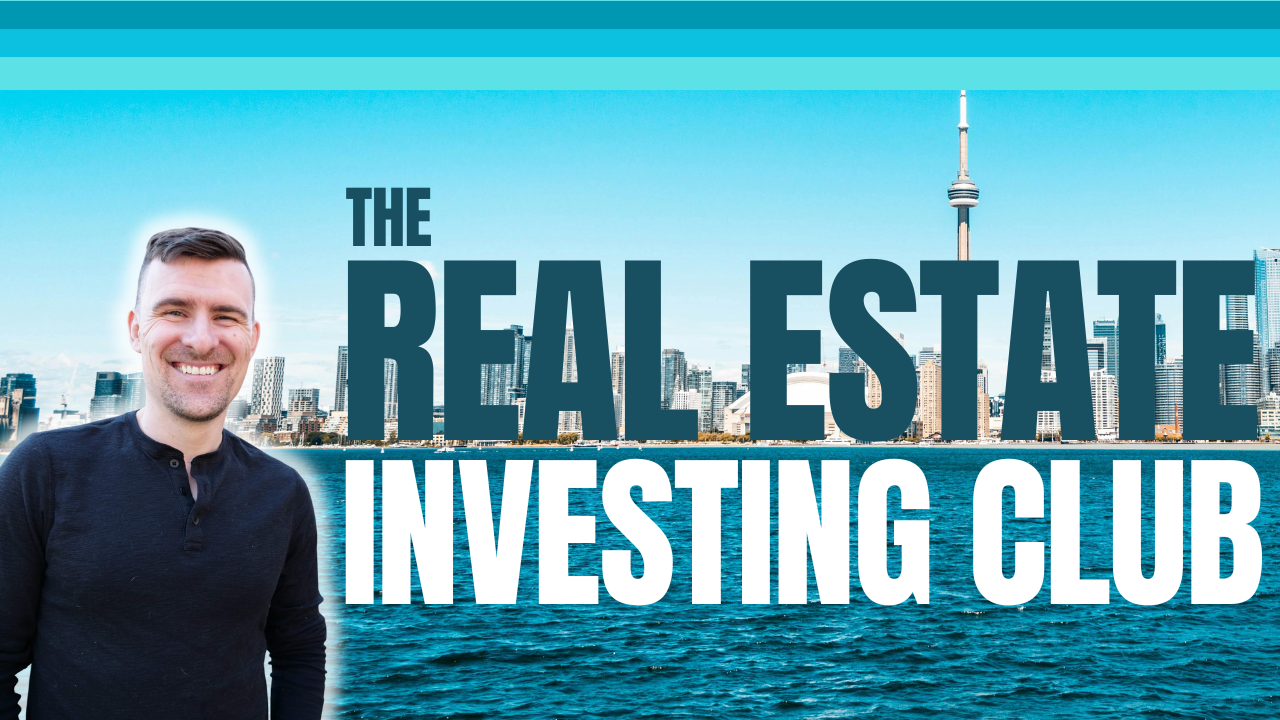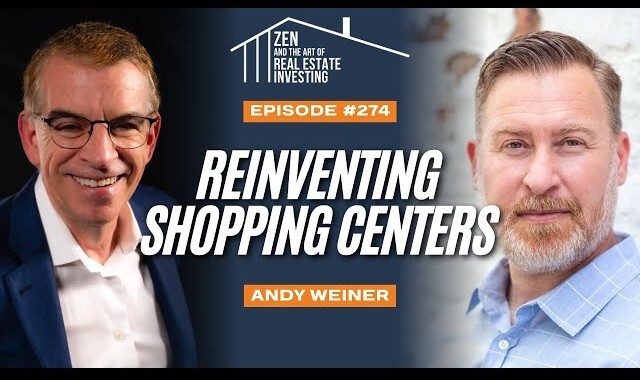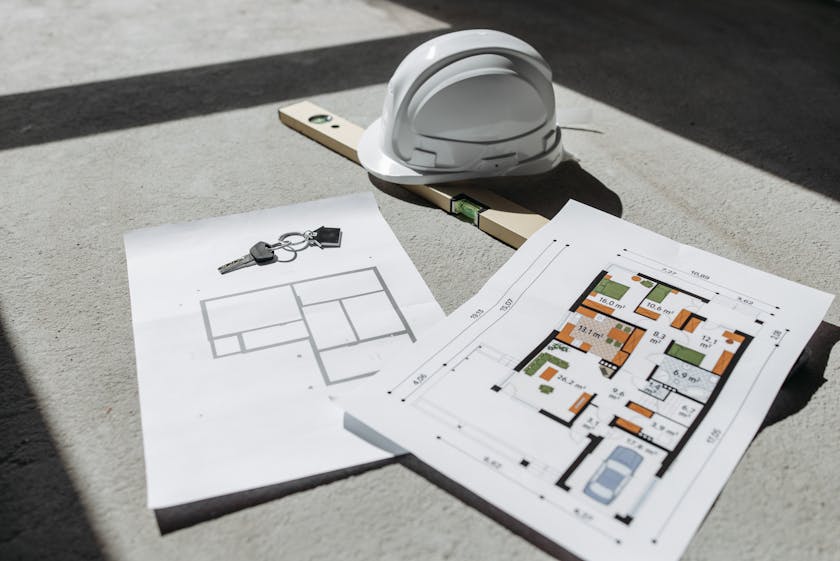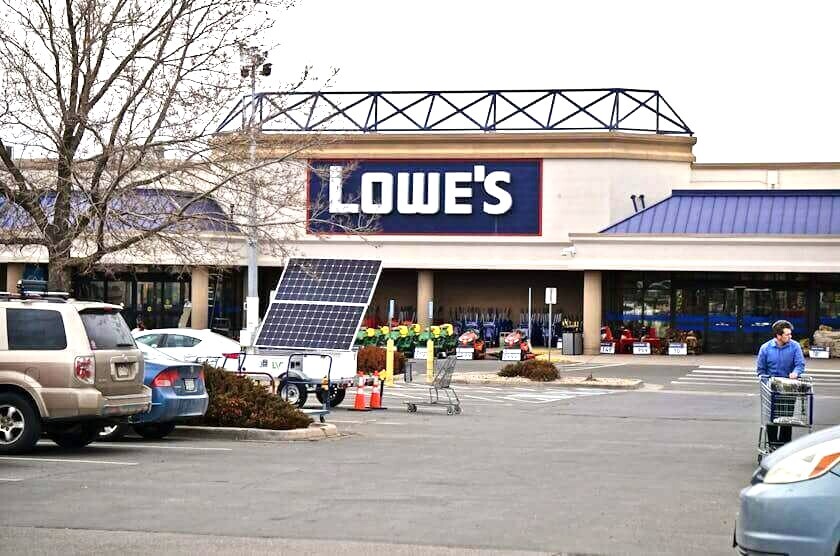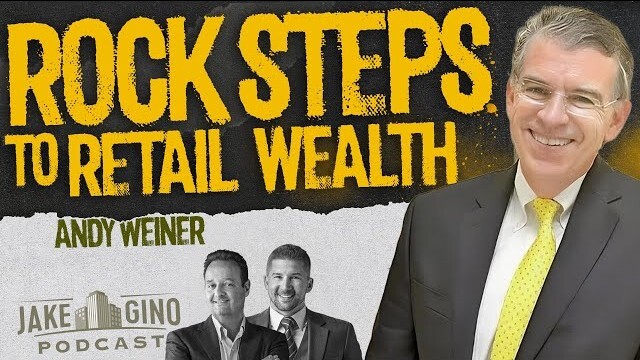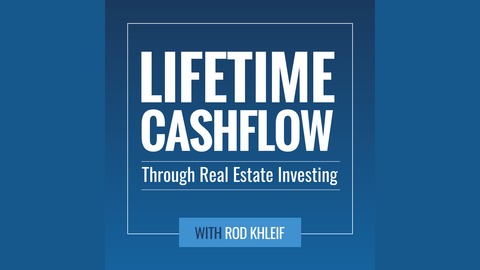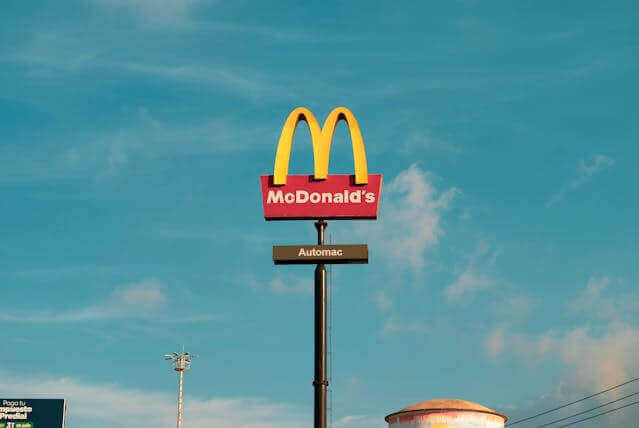Rewarding Ways To Maintain Healthy Leases At Shopping Centers
August 14th, 2025
5 min read

Tenant leasing success in retail hinges on ensuring tenancy is profitable for both landlord and tenant. A strong tenant mix, controlling occupancy costs (rent, taxes, insurance, CAM) relative to sales, and proactive lease structuring all support stable income and long-term value.

Picture the monthly expenses flowing through a shopping center: the steady stream of base rent payments, the seasonal rhythm of property tax assessments, the ongoing pulse of insurance premiums, and the daily beat of common area maintenance fees. Together, these create the symphony of occupancy costs that can either harmonize with or overwhelm a tenant's sales performance.
One of the most important factors in evaluating a shopping center's profitability is the relationship between a tenant's occupancy costs and sales. Occupancy costs include rent, property taxes, insurance, and common area maintenance fees. If occupancy costs are too high (relative to the tenant’s sales), it can indicate that the tenant is struggling to maintain profitability.
For investors, success in retail real estate isn't about finding the highest current yields. It's about identifying partners who understand how to maintain sustainable rent rolls. By understanding lease fundamentals, you can better evaluate investment opportunities and partner with firms that truly grasp the connection between tenant success and investor returns.
In this article, you will learn how investment firms evaluate the profitability of their properties, what factors go into making a property profitable, what strategies successful property owners use, and why this matters to you as a passive investor.
What Makes a Tenant Profitable?
Every shopping center owner faces a crucial challenge: determining whether their tenants can operate successfully in their current situation. This requires that the property owners continually check in on how their tenants are doing. Even if a tenant seems to be operating well, they might struggle to sustain themselves under their operating costs.
Managing tenants and their leases is complex and multi-faceted: It's not just about collecting rent – it's about fostering an ecosystem where retailers can thrive.
Breaking Down Occupancy Costs
Consider occupancy costs a tenant's "cost of doing business" in a shopping center.
These include:
- Base Rent: the fundamental cost of the space
- Property Taxes: Their share of the center’s tax burden
- Insurance: Protection against potential risks
- Common Area Maintenance (CAM): Everything from snow removal to landscaping
These costs are typically expressed as a percentage of the tenant’s total sales, which allows landlords to gauge whether or not the tenant is likely to remain profitable in the long term. For example…
Understanding the 10% to 20% Rule
The science of tenant profitability often comes down to a simple but powerful metric: the relationship between sales and occupancy costs.
One of the key indicators of tenant profitability is the ratio between their occupancy costs and their sales. Ideally, occupancy costs should not exceed 10% of a tenant’s sales.
This leaves room for other operational expenses, staff wages, and inventory purchases, allowing the tenant to maintain healthy margins and remain profitable. If the occupancy costs exceed 15% of the tenant's sales, it starts to be a red flag that the tenant may be struggling.
Let’s break down the basics of finding and analyzing a tenant’s occupancy cost ratio:

Understanding this ratio can help property owners make better rent adjustments, lease renewals, and tenant retention decisions.
Consider the following example:
Let’s say that two stores in a bustling shopping center each generate $1 million in annual sales.
The first store, let's call it The Sweet Spot, pays $100,000 in total occupancy costs (remember, rent, taxes, insurance, and maintenance)—a mere 10% of its sales. This tenant thrives, maintaining healthy inventory, staff, and growth margins.
Unfortunately, a retailer on the opposite side of the shopping center finds itself in a danger zone, paying $200,000 in occupancy costs—a staggering 20% of its sales. Despite identical revenue, this second store struggles to maintain profitability and faces the risk of closure.
When the occupancy costs rise to 20% or more of the tenant’s sales, this is a red flag that the tenant may be struggling. A tenant paying 20% or more of their sales in rent and other expenses is likely experiencing financial pressure, which could lead to them requesting a rent reduction or even vacating the space at the end of their lease.
The Struggling Tenant Ripple Effect
When a tenant is struggling, the downward turn for the property mimics a set of dominoes toppling over.
The impacts fall into different categories:
- Short-term Impact: delayed rent payments, reduced maintenance, less investment in store appearance
- Medium-term Risk: Potential vacancy, leading to reduced foot traffic for other tenants
- Long-term Consequences: Higher turnover costs, marketing expenses, and possible reputation damage
Why Ensuring Lease Health is Important for Landlords
Understanding this relationship between occupancy costs and tenant sales is critical for shopping center owners and investors. If only a few tenants in a shopping center operate with high occupancy costs, it could indicate future turnover or financial instability. Tracking these metrics allows shopping center owners to proactively support tenant retention and adjust rents.
This impacts shopping center owners on several fronts, including:
- Tenant Retention: A tenant paying an unsustainable percentage of sales on rent is more likely to leave. By proactively monitoring their sales-to-rent ratio, you can make strategic decisions about offering rent reductions to retain profitable tenants, demonstrating your commitment to long-term tenant relationships.
- Lease Negotiations: When a lease renewal is approaching, understanding how occupancy costs align with tenant sales can help guide negotiations. If the tenant's sales have declined, offering a more favorable rent agreement may keep them in the space.
- Long-Term Stability: Ensuring that tenants are profitable ensures the overall stability of the shopping center. Happy, profitable tenants are more likely to stay long-term, reducing vacancy rates and turnover costs. This focus on stability can provide security for shopping center owners and investors.
Predicting Rent Adjustments
As we all know, nothing stays the same forever. As the needs of the property and tenants evolve, the rates tenants pay landowners will also fluctuate. Additionally, tenants may pay too high rent based on their sales, so the landlord may need to adjust rent during lease renewal to retain them.
For example, tenants whose occupancy costs are 20% of their sales may need their rent adjusted to bring that ratio closer to 10%. This approach helps tenants remain profitable and operate successfully within the shopping center.
Additionally, predicting the right rent adjustments allows shopping center owners to balance maximizing rental income with keeping spaces occupied by long-term, stable tenants.
What Leases Mean for Investors
If you are an investor evaluating retail opportunities through investment firms, your ability to assess lease structures could mean the difference between backing a winner and inheriting a portfolio of struggling assets. Even if a property seems to be faring well, beneath the surface, multiple tenants could be operating with unsustainable occupancy costs. While your investment managers will handle day-to-day operations, understanding retail lease fundamentals enables you to ask the right questions and identify firms that truly grasp tenant economics.
The most successful institutional investors in retail real estate partner with firms that demonstrate:
- Deep Understanding of Retail Economics: They should articulate clear strategies for maintaining sustainable occupancy cost ratios across different retail categories.
- Sophisticated Monitoring Systems: Look for firms using advanced analytics to track and predict tenant performance trends.
- Proactive Management Approach: The best firms identify and address tenant stress before it affects rent payments.
- Strategic Leasing Philosophy: They should demonstrate how their leasing strategies support long-term NOI growth, not just short-term rent maximization.
The Path to Sustainable Success
Evaluating tenant profitability in shopping centers is critical to ensuring long-term success. Maintaining a balance between healthy tenant profits and sustainable rent levels contributes to the profitability and stability of the shopping center. Stable properties benefit both the tenants and the property owner.
The key to shopping center profitability isn't maximizing short-term rent; it's cultivating a sustainable ecosystem where tenants can thrive. Property owners can create vibrant, profitable shopping centers that last by understanding and actively managing the relationship between occupancy costs and sales.
As retail continues to evolve, institutional investors need investment partners who understand that sustainable returns come from sustainable leases.
Remember: In institutional retail investing, your returns aren't just tied to the properties you own. They're also linked to the strength of your investment partners' approach to lease economics and tenant health. Choose wisely, and let your understanding of retail fundamentals guide your investment decisions.
Topics:





